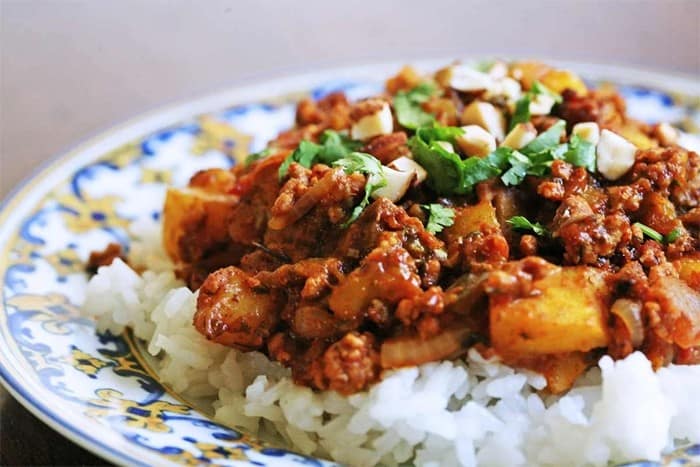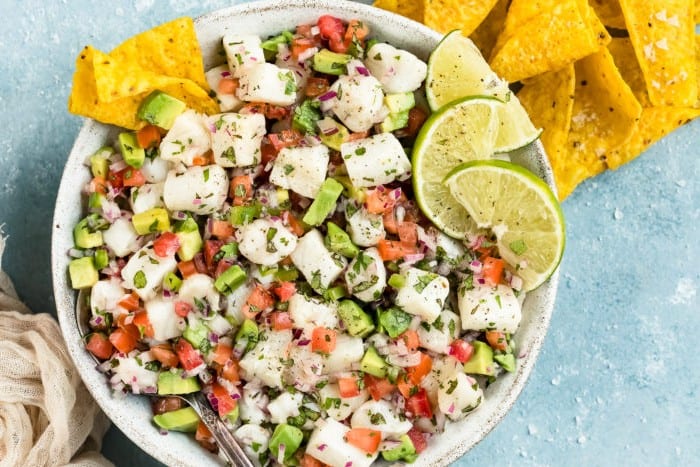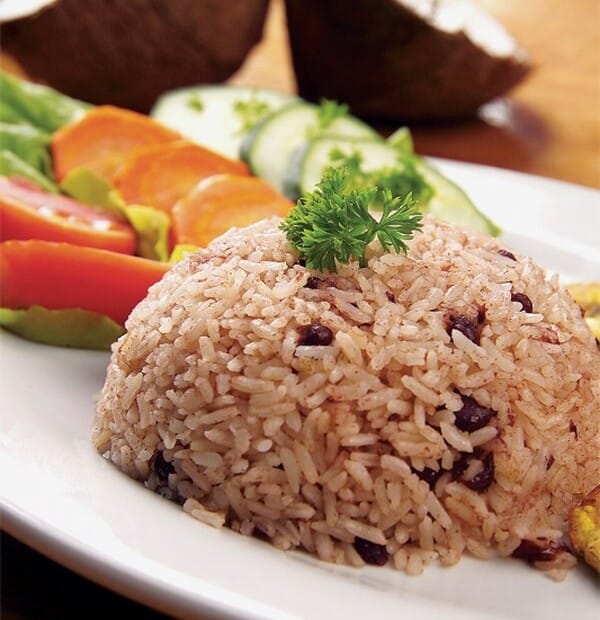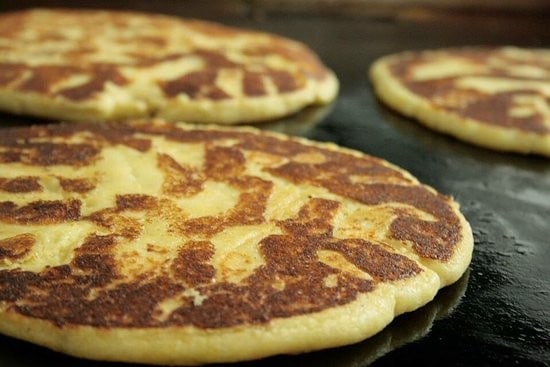Typical Costa Rican Foods You Have to Try
There are a variety of Costa Rican dishes and foods you need to try. Isn't food one of the first things you think about when visiting a new place? Worldwide, we count on an innumerable amount of flavor combinations, exciting fusions, and unimaginable mixtures to satisfy our pallets.
It’s no wonder the Costa Rican cuisine takes you on a unique trip with its delicious, homemade dishes. Join me as I guide you through the seven best Costa Rican dishes and discuss what goes into each one. Grab a bib; you may need it.
What is the Main Flavor Base for Most Costa Rican’s dishes?
A Costa Rican cocina is not complete without onion, garlic, and sweet chili. They can be mixed, finely chopped, sauteéd or raw -- depending on the plate. After this, you can use it as a base for almost any meal.
In the past, natives used to cook with fogones, or slow-cooking wood-fire stoves, or fireplaces. This way of preparing food gives it a distinct flavor. Fogones are typically used by those living in Guanacaste but can be found throughout the country. You’ll know when it's cooked this way by the woody, homemade aftertaste.
The food varies from coast to coast. So, let's begin with the most typical dishes all around the country, starting with the Pacific and journeying into the Caribbean.
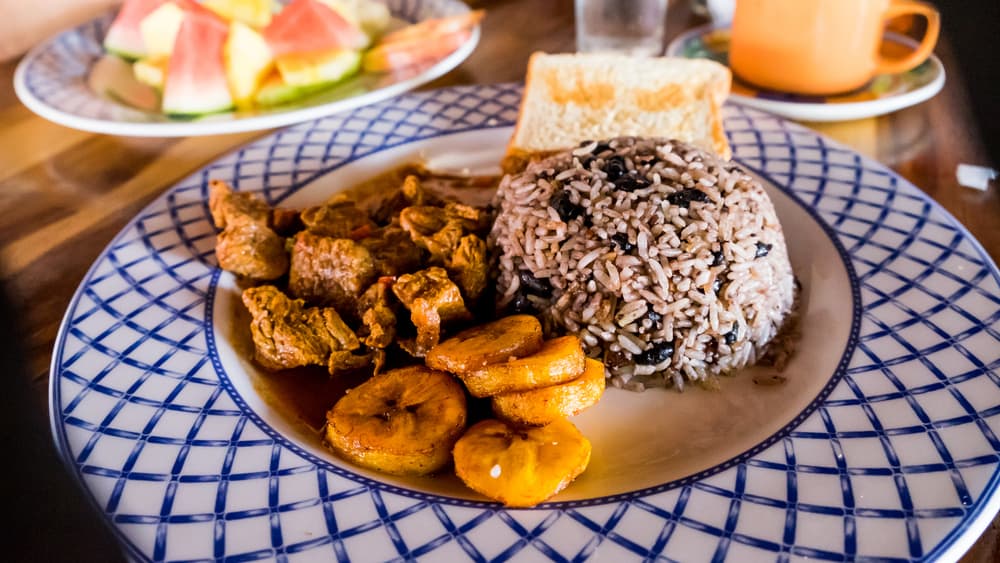
What is the Main Flavor Base for Most Costa Rican’s dishes?
A Costa Rican cocina is not complete without onion, garlic, and sweet chili. They can be mixed, finely chopped, sauteéd or raw -- depending on the plate. After this, you can use it as a base for almost any meal.
In the past, natives used to cook with fogones, or slow-cooking wood-fire stoves, or fireplaces. This way of preparing food gives it a distinct flavor. Fogones are typically used by those living in Guanacaste but can be found throughout the country. You’ll know when it's cooked this way by the woody, homemade aftertaste.
The food varies from coast to coast. So, let's begin with the most typical dishes all around the country, starting with the Pacific and journeying into the Caribbean.
Olla de Carne
We have to begin with the `Olla de Carne´ or meat soup. You will find this rich, decadent soup in every Mercado throughout the country. It is made of meat and plenty of veggies.
You get a good mix of potato, yucca, tiquisque, sweet potato, corn, carrot, squash, and rice. A go-to when feeling low in energy.
Many Costa Ricans take this soup along with fresh-squeezed lime juice, which makes a good hearty healthy soup when you have the flu, giving you the nutrients to get your immunity back on track. Some also like to add avocado slices.
Chifrijo
Don´t forget, Costa Ricans eat A LOT of rice and beans, just in different forms, and this is one of them. Chifrijo is served in a bowl with rice, unique chifrijo beans, chicharrones, pico de gallo, avocado, tortilla chips, and lime slices. Be prepared for a punch of flavor; it’s delicious.
The pico de gallo topping is a simple tomato chutney accompanied with chopped onion, cilantro, lime juice, and salt. This is a perfect contrast to the dense flavors of the chicharrones and savory beans.
The chicharrones are fried pork skin, that after cooked, are super crunchy, adding a smoky, fatty gusto. If you´re vegetarian or vegan, take it without the meat. The rest of the ingredients still offer a great flavor and still taste fantastic.
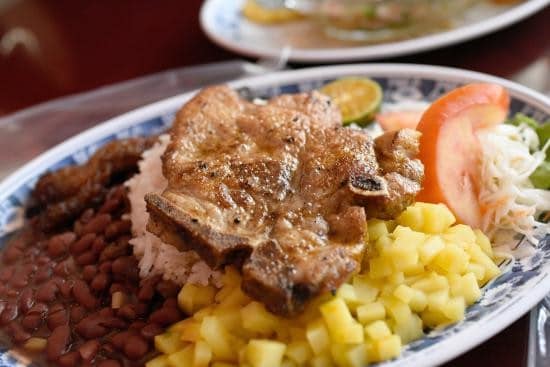
Casado
Casados are nutritious plates that keep you full throughout the day. The name Casado or “Married” is because all of the ingredients are married with the rice. It ‘s un plato lleno de beans, salad, sweet plantain, topped with your protein of choice.
This is also a great dish for vegetarians or pescatarians as it is an easy one to manipulate, adding, or taking away anything you want. Furthermore, you can choose between various types of salad: pasta, cabbage, or ´Russian´ salad -- beet, boiled egg, and mayonnaise. You won't get bored with this marriage.
My Abuelos served their Casados with a fried egg on top and pasta with a little bit of sauce on the side. Nowadays, you get a different variety of ingredients. But, you´ll be full afterward; it’s a lot of food.
Picadillos
Picadillos are made up of finely chopped stewed vegetables and, in some cases, meat. You can find them in many colors, textures, and unique combinations: green papaya, squash with corn, green beans with carrots, etc.
Two of my favorite picadillos are green papaya with ground beef and chicasquil (tree spinach) with meat and potatoes. Both are bursting with flavor and nutrients, fortifying your system. Typically, they are served with two or three tortillas, allowing you to eat it like a taco.
Ceviche
Heading down the Pacific coast where the real fishy business takes place, you’ll find a variety of seafood restaurants with tons of mariscos (seafood) dishes, soups, rice with seafood, and the popular Ceviche.
This plate is a magical experience and a must-have when visiting Costa Rica. Ceviche is made of small fish, shrimps, or octopus pieces (you choose), which is saturated in lime juice and mixed with chopped onion, cilantro, and red bell pepper, served with a couple of patacones on the side.
The acid in the lemon cures the fish rapidly, making it safe to eat. I chemical reactive “cooking” process
What are Patacones?
Rice and Beans with a side of Agua de Sapo
Heading to the Caribbean coast, you´ll find a very distinct flavor profile. The Caribbean cocineras like to cook a lot with coconut oil or milk, ginger, and chile panameño. These rooty flavors are full of nutrients that really help with cleansing your body.
Rice and Beans and Agua de Sapo (toad water) are a favorite throughout the Costa Rican Caribbean. Don´t worry; it isn’t toad water as the name suggests. It is a refreshing and nutritious beverage, made from a beautiful mixture of ginger, lime, cane sugar, and water. It is a spicy drink that will activate your metabolism.
Caribbean rice and beans are not just mixed together rice and beans. They are boiled in coconut milk with panameño peppers and thyme. So you might imagine the flavor bomb you experience when you take a bite. You also get a side of chicken or fried fish served in a savory Caribbean sauce, a couple of patacones, and a small salad on the side.
The only challenge you’ll come across with this dish is not licking the plate.
Tortillas
When you first enter Costa Rica, you can hear the sound of Tortillas being made. They are part of everyday meals, and there is never a shortage; you will find them all over the country.
They are made up of cornmeal -- usually freshly ground, room-tempered water, a pinch of salt, and a lot of love. Always perfect with Gallo Pinto to start the day, as well as finishing off that Ollas de Carne.
Ticos, especially in Guanacaste, gather around in the afternoons to talk and eat a small snack and chat. Fresh homemade tortillas con natilla (sour cream) or cuajada, a cup of coffee or tea, to satisfy your midday belly cravings.
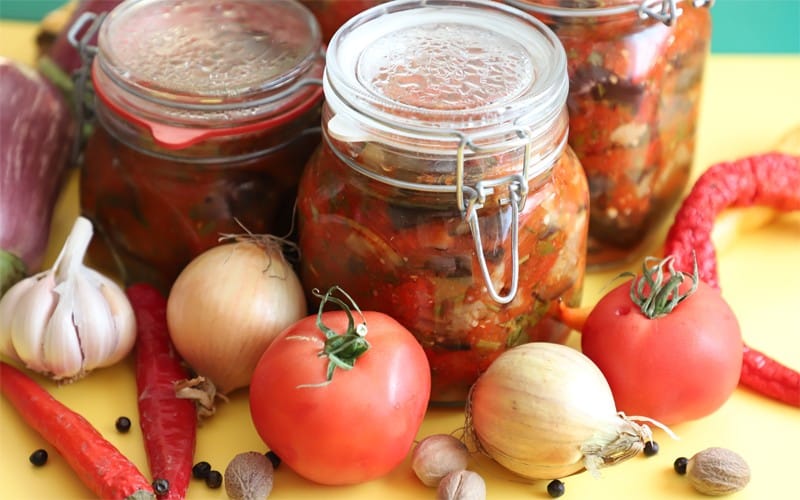
Buen Provecho!
You will probably hear "Buen Provecho" a lot, like saying bon appetit but in spanish, enjoy your meal.
This is a small selection of the best Costa Rican dishes you might want to try. There are myriad amounts of recommendations and suggestions on what to try, depending on preference. However, having options as a starting point to guide your pallet is always welcome when visiting a new country.
The Costa Rican kitchen doesn't discriminate among different kinds of tastes and ways of eating. It offers several vegetarian, pescatarian, and vegan plates as well. You can check the InCostaRica App as well for restaurants and local treasures.
Food is a fantastic way of getting to know a Costa Rican culture. It’s a direct connection to the people, traditions, ways of being, and taste of their love for their families and country, which you don't find everywhere nowadays.
Buen Provecho desde Costa Rica!



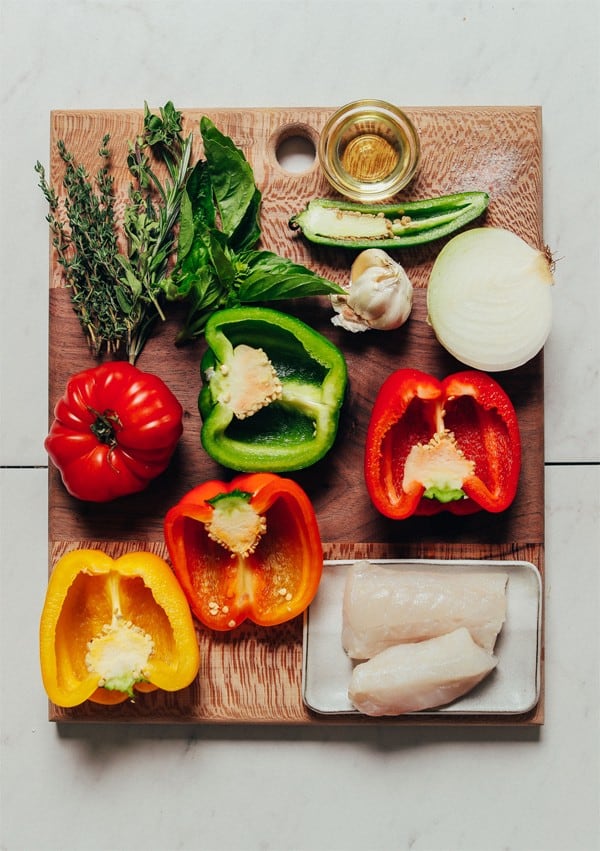
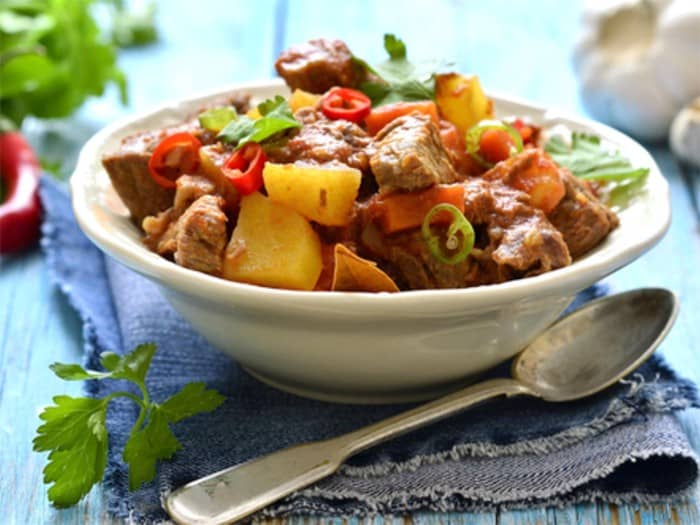
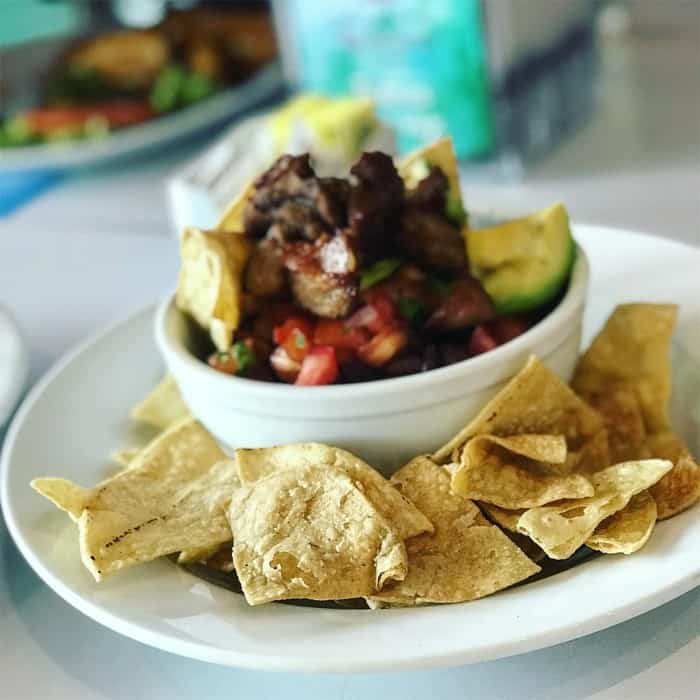

 Get More Out of Costa Rica
Get More Out of Costa Rica